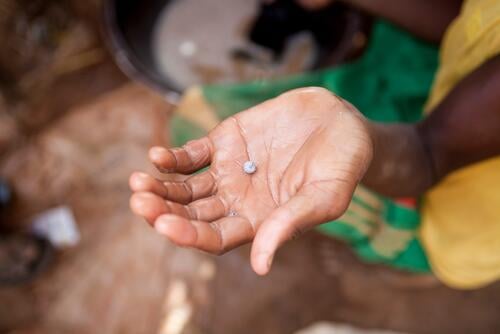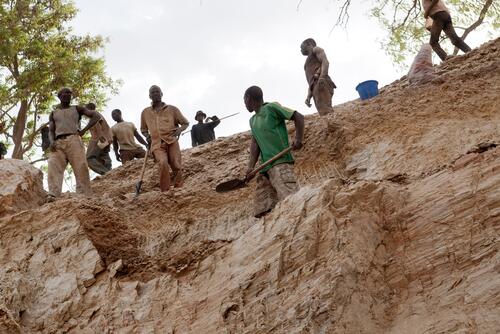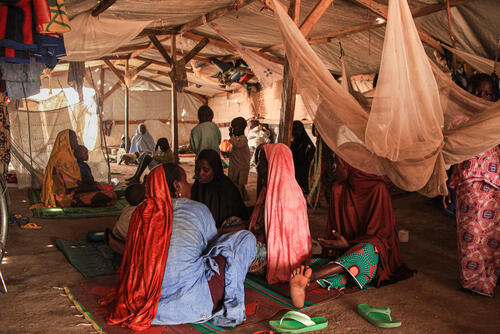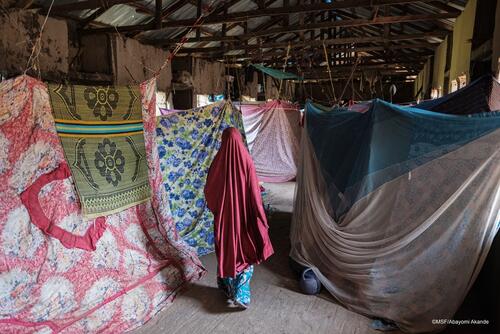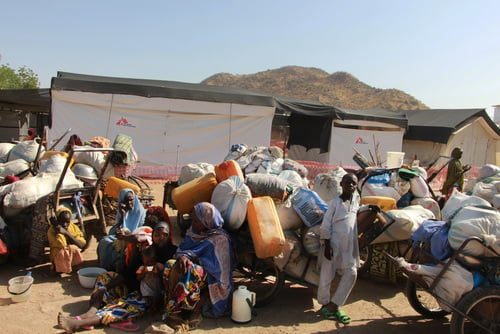More than 11 years after environmental contamination began causing the death of hundreds of children in Zamfara, northern Nigeria, Médecins Sans Frontières (MSF) has handed over its lead poisoning project to state authorities, as children are no longer dying of lead poisoning in the area.
In March 2010, our teams received an alert about a high number of child fatalities in Nigeria’s Zamfara state, where more than 400 children died within just six months in several villages. “When MSF arrived, we were suffering a lot,” says Alhaji Muhammadu Bello, head of Dareta village. “In my village, 120 children died. Six or seven were dying every day.”
Laboratory tests later confirmed high levels of lead in the blood of survivors. The root cause of the poisoning was environmental contamination through unsafe, artisanal mining activities in the area, where gold deposits contain an unusually high concentration of lead. Lead can cause severe brain damage and death in children.
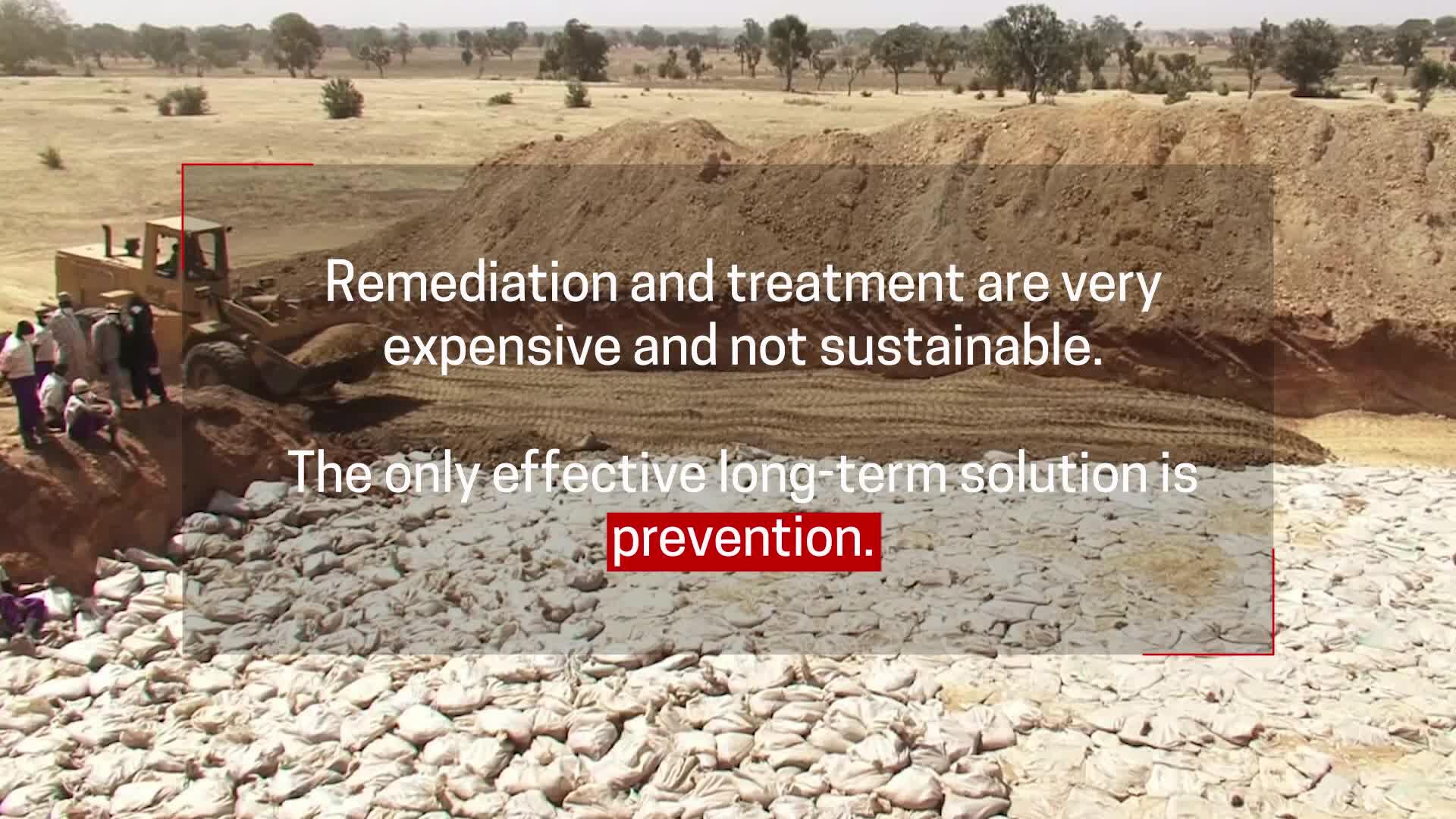
Lead Poisoning in Nigeria
“Artisanal mining had been going on for a decade in this area. People transformed the villages into processing sites and contaminated the environment for many years. Children were exposed to contaminated dust and soil in the villages,” says Benjamim Mwangombe, MSF project coordinator.
Before we could start treating patients, the contaminated areas needed to be remediated so that children would not be continually re-exposed to toxins. Between June 2010 and August 2013, TerraGraphics International Foundation, an environmental engineering organisation, provided environmental management training to Zamfara state’s Environmental Sanitation Agency (ZESA).
In partnership with the community, eight villages in Anka and Bukkuyum local government areas were remediated, by removing contaminated soils and mineral processing waste from residential areas, wells and ponds.
Between May 2010 and December 2021, our teams screened 8,480 children under five for lead poisoning. More than 80 per cent of them were enrolled in a medical lead programme, including 3,549 children who received lengthy chelation therapy – a chemical process in which a synthetic solution is injected into the bloodstream to remove heavy metals and/or minerals from the body – to remove lead from their blood.
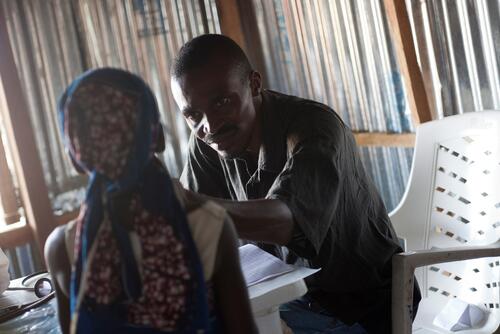
Five years after the outbreak in Zamfara, another lead poisoning outbreak was discovered in two villages in Nigeria’s Niger state in April 2015. It was also caused by artisanal gold mining and resulted in the death of at least 30 children. Our teams provided chelation treatment to 139 children shortly after remediation and handed over the project to Niger state authorities and traditional leaders in October 2018.
Remediation and chelation therapy are not only very expensive, but also insufficient to eliminate the lead poisoning hazard in the communities. Due to the rampant poverty and lack of other employment opportunities in the area, small-scale mining remains the only option for many people. However they are often unaware of the health hazards caused by their mining practices. As such, some previously remediated areas were re-contaminated.
“We had children who were exposed more than three times. Even if their compound is clean, maybe they play on their uncle’s compound where the soil is contaminated,” says Mwangombe.
People transformed the villages into processing sites and contaminated the environment for many years - children were exposed to contaminated dust and soil.Benjamim Mwangombe, MSF project coordinator
The only sustainable long-term solution is the prevention of lead poisoning. Our teams partnered with Occupational Knowledge International (OK International), an external NGO specialising in occupational and environmental health, to develop and implement safer mining pilot projects in Niger and Zamfara states, in partnership with Nigeria’s Federal Ministry of Mines and Steel Development and the responsible state agencies.
Safer mining is a set of practices to reduce occupational exposure and minimise environmental contamination. The safer mining programme involved working cooperatively with communities to train over 5,000 miners on awareness of lead hazards and low-cost methods to reduce exposure; implementing safer work practices which reduced airborne lead exposure and off-site contamination; and establishing safety committees in every targeted village to train new miners and ensure the sustainability of these efforts.
The results of the pilot projects have been encouraging, and the state governments say they are committed to scaling up safer mining practices in Zamfara and Niger states. “We will continue to ensure that the environment remains clean, so that children will not get poisoned again,” says Alhaji Shehu Anka, general director of ZESA.
Almost 12 years after our teams first started intervening in the area, no more children are dying of lead poisoning in Zamfara. As a result, we handed over the programme to key ministries of the Zamfara state government, the Anka Emirate Council and the local community at the beginning of February 2022.
Mwangombe says the significant decrease in the under-fives mortality and morbidity related to lead toxicity is not the only success. “Another big achievement was that our intervention was community-based. The community has been involved throughout so that they could take ownership. We also improved local capacity. In the future, if there is another outbreak, there will be capacity to respond.”
One of the key factors for the successful reduction of exposure to lead poisoning was the involvement of international organisations with expertise in environmental health, safer mining and occupational health that complemented our medical response.
However, challenges remain. Artisanal mining is a poverty-driven activity that will persist as long as gold mining is profitable. Recently, another area with a high level of lead contamination was discovered in Abare village in Zamfara. At the end of January 2022, the Zamfara state government approved the financing of the environmental remediation of the contaminated area.
For the long-term sustainability of remedies, and to prevent children from dying from lead poisoning again, all partners need to remain committed to promoting and maintaining safe mining practices.
“Prevention requires involvement from everyone – from village chiefs and traditional leaders to state authorities and legislators – so that everyone’s efforts will help maintain the remedy that we have handed over and prevent any future outbreak of lead poisoning in Zamfara state,” says Mwangombe.



